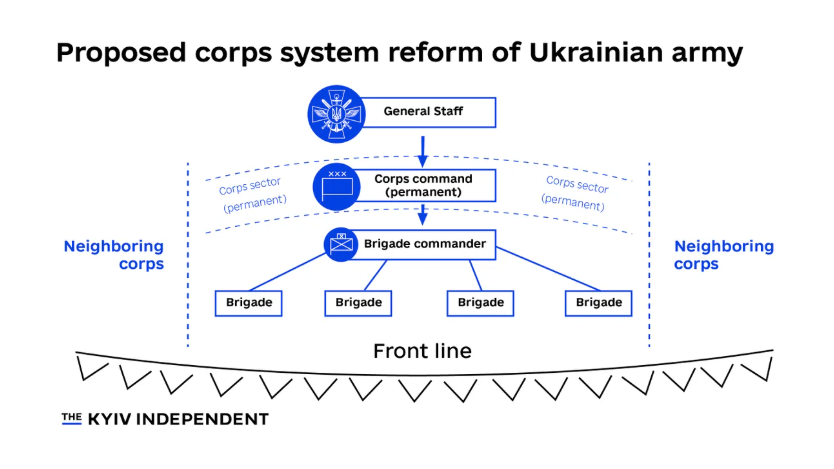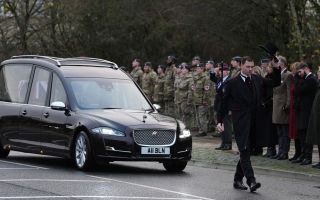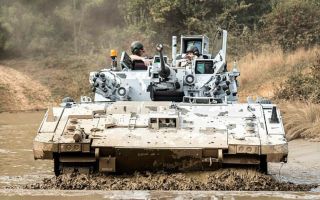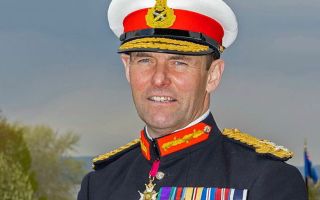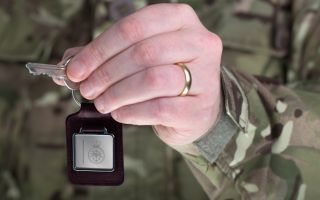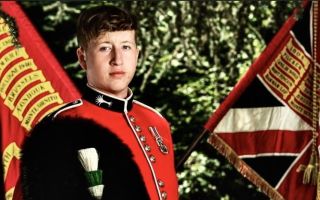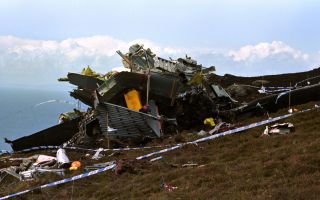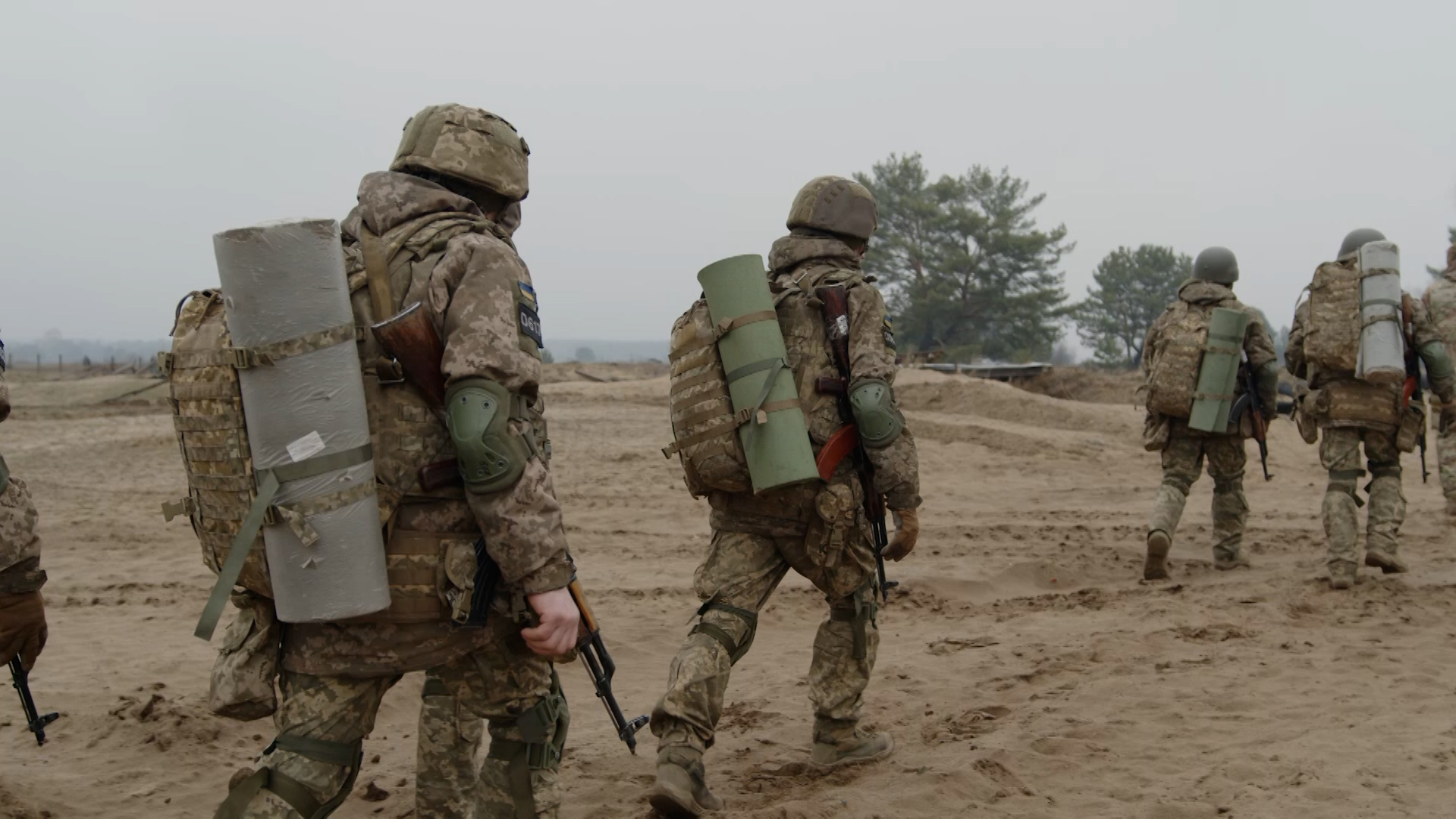
Ukraine's bold corps reform stalls as war strains resources and exposes deep structural flaws

A year ago, Ukraine began overhauling its military command structure, transforming itself – it hoped – into a Nato-style fighting force able to defeat the Russian army on the battlefield.
But, according to news reports from Ukraine, this so-called 'corps reform' is far from finished, and the process has exposed the difficulties of trying to reorganise an army in the middle of a full-scale war.
The reform was introduced earlier this year by Ukraine's then Commander-in-Chief General Oleksandr Syrskyi.
The aim was simple: move Ukraine's brigade-based military to a corps-based structure, putting several brigades under a single headquarters to try and streamline the army's command structure and improve coordination within the military.
But according to the Kyiv Independent, a respected Ukrainian online newspaper, the shift has not happened, with the reforms hampered by the intensity of the fighting and the difficulty of physically withdrawing brigades so they can join their assigned corps.
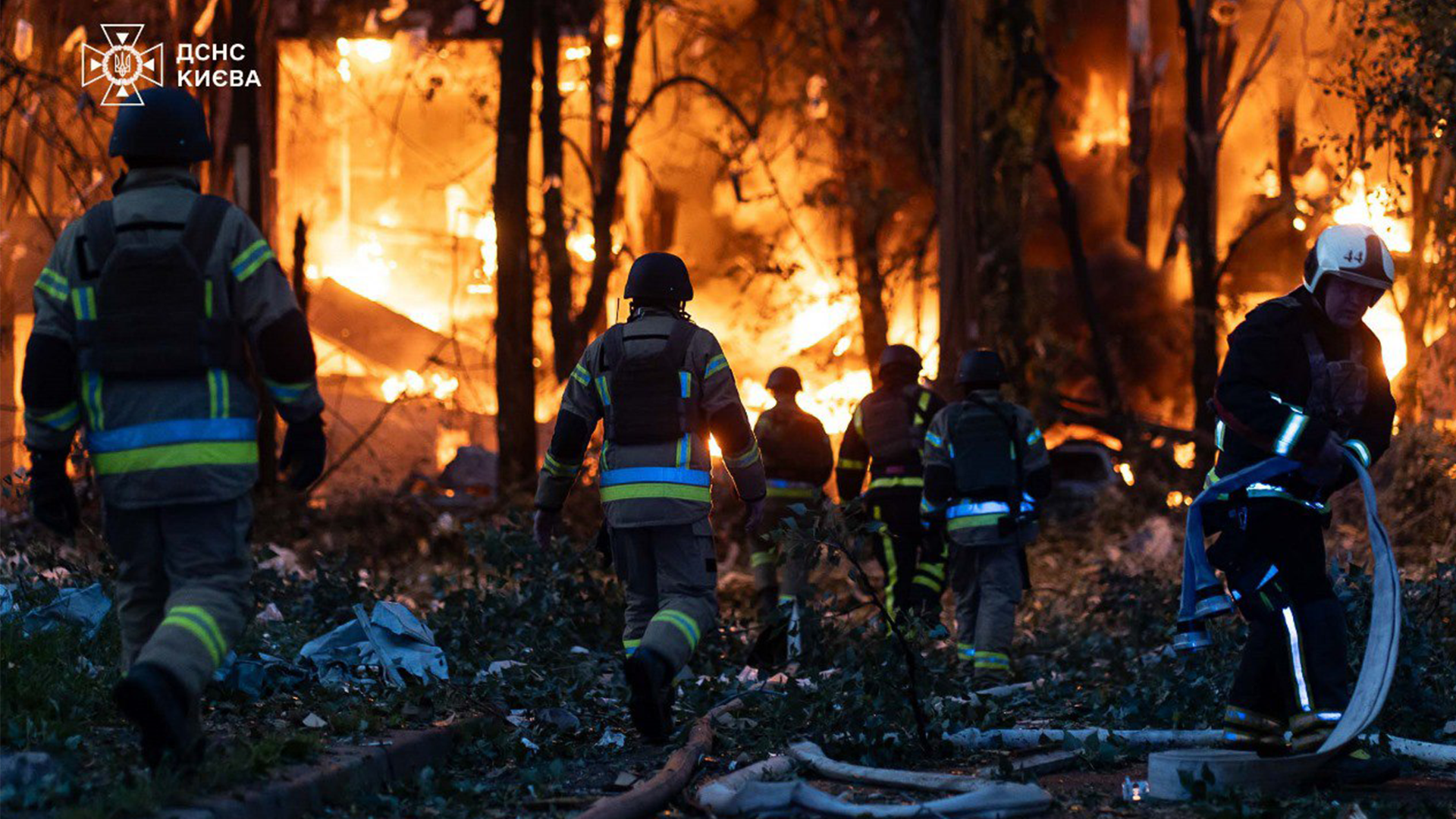
"The reform was never going to work during active war," an anonymous defence official told the newspaper.
"We can't even move brigades without risking gaps in the line."
Historically, Ukraine's army has been composed of dozens of semi-autonomous brigades, which are grouped together into temporary 'operational tactical groupings'.
But that autonomy creates difficulties when it comes to communications, logistics and chain of command.
To try to fix this, reports the Kyiv Independent, General Syrskyi wanted to introduce 18 new regional corps formations each containing two to five brigades of between 10,000 to 50,000 troops, along with dedicated artillery, air defence, engineering, logistics and communication units.
The theory was that this would speed up battlefield communication and help Ukraine move toward a Nato style of combined arms warfare.
However, according to Bohdan Krotevych, chief of staff of the Azov Brigade, Ukraine's best-known infantry unit, few corps are functioning as intended.
"This reform is largely theoretical," he told the Kyiv Independent. "None of the corps functions as a real operational formation. Many have only one or two brigades under their command – far fewer than what's needed."
Commanders say the reforms came too late. Ukraine also doesn't have enough soldiers to man the various sub-units – artillery brigades, engineering, chemical warfare – that each corps needs to function properly.
"Where is all this supposed to come from when we don't even have enough infantry on the frontlines?" one Ukrainian defence analyst told the Kyiv Independent.
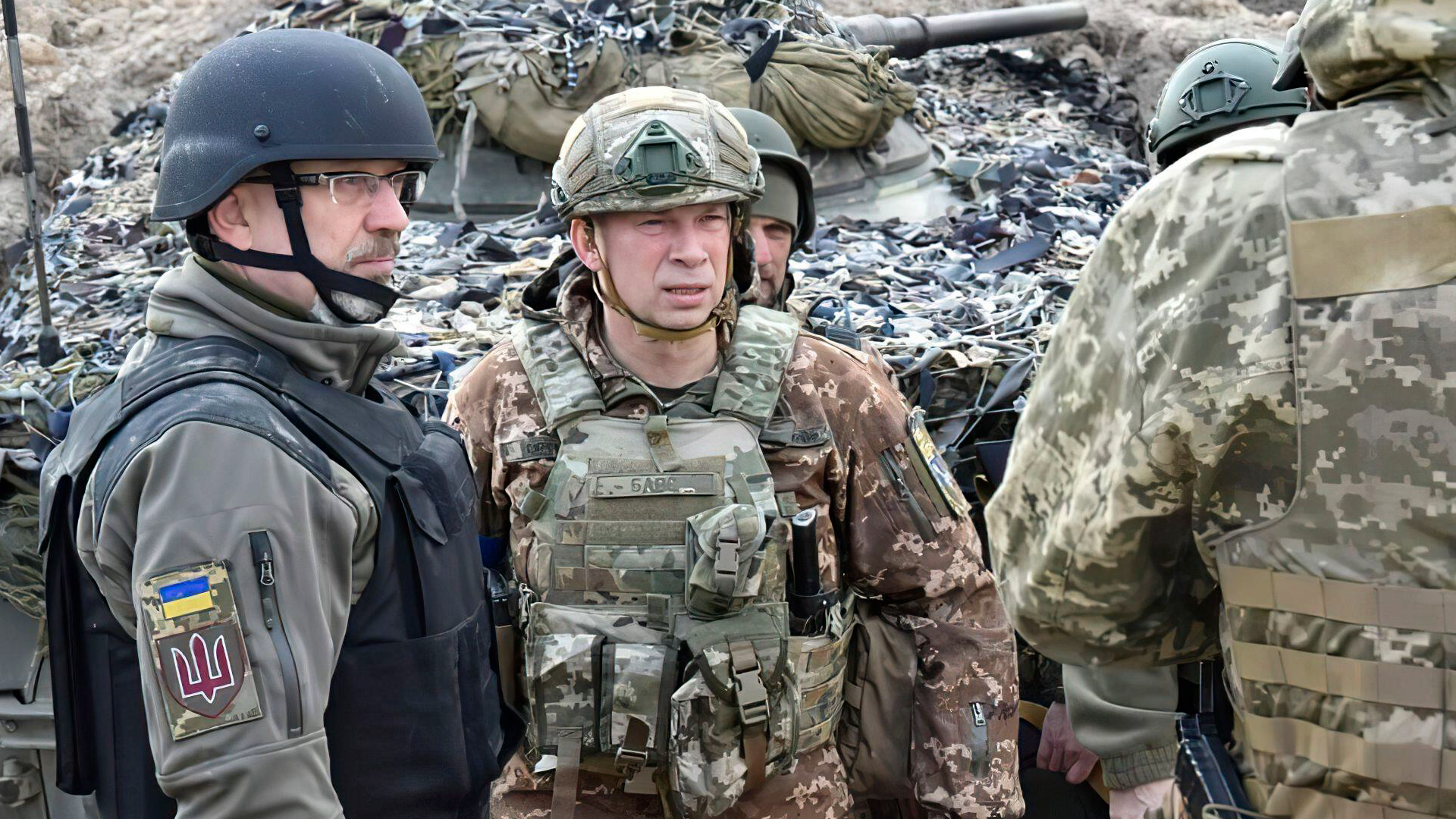
"This reform is premature. It doesn't improve the situation – it just adds another layer of complexity."
The other issue, say many officers, is mindset. Ukraine's command structure has been shaped by decades of Soviet-style hierarchy and is very slow to adapt.
"You can rename units, but unless you change how they fight, nothing really changes," the analyst added.
The new corps structure is inspired by Nato military doctrine. But here lies another problem: Ukraine's idea of a corps is actually closer in size to a Western division, somewhere between 10,000 to 25,000 troops.
A Nato corps is typically around 60,000 troops. The alliance currently has nine of these, each of them rapidly deployable and consisting of several divisions of between 10,000 to 25,000 troops.
Despite the frustrations, the reform of the Ukrainian army has produced a few promising examples, the newspaper notes.
Lieutenant General Andrii Hnatov, chief of the general staff, said in September 2025 that the "structural phase" of the reform was largely complete.
Commanders point to the 1st Corps of the National Guard, which has been deployed around Dobropillia, as an example of the new structure working. The corps reportedly coordinated multiple units and helped to stabilise the frontline.
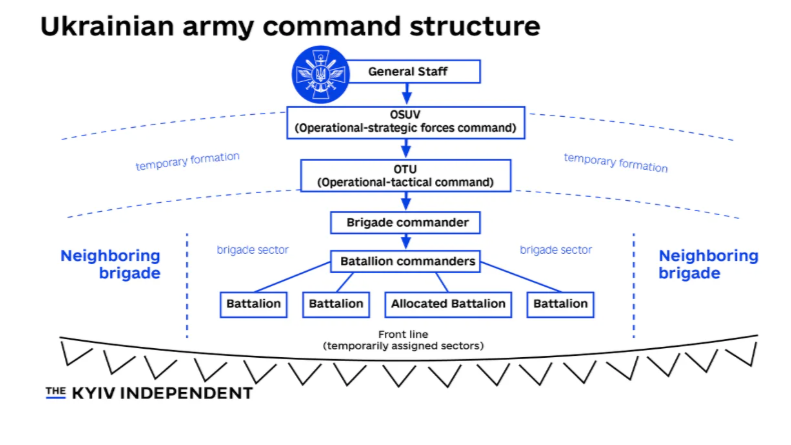
So what next? Some key Ukrainian military figures say the plan needs to be scaled back. What Ukraine needs, they tell the Kyiv Independent, is smaller, flexible fighting formations that can carry out rapid attacks, manoeuvre quickly, and use drones.
What all the commanders the Kyiv Independent spoke to agree on, though, is that reform is needed.
Ukraine's army grew so fast after the full-scale invasion that it created chaos. A modest-sized post-Soviet force quickly became a massive wartime institution with overlapping commands, fuzzy logistics chains and inconsistent training standards.
The corps reform – however flawed – is an attempt to turn that chaos into some sort of order, and Ukraine's General Staff insists it is here to stay.
Yet with Russia still grinding slowly forward, albeit at tremendous cost, and Ukraine struggling to replenish manpower and ammunition, no one is expecting dramatic results.
Ukraine's post-war army may well be built around this corps structure, but for now, these changes are unlikely to change the trajectory of the war itself.
